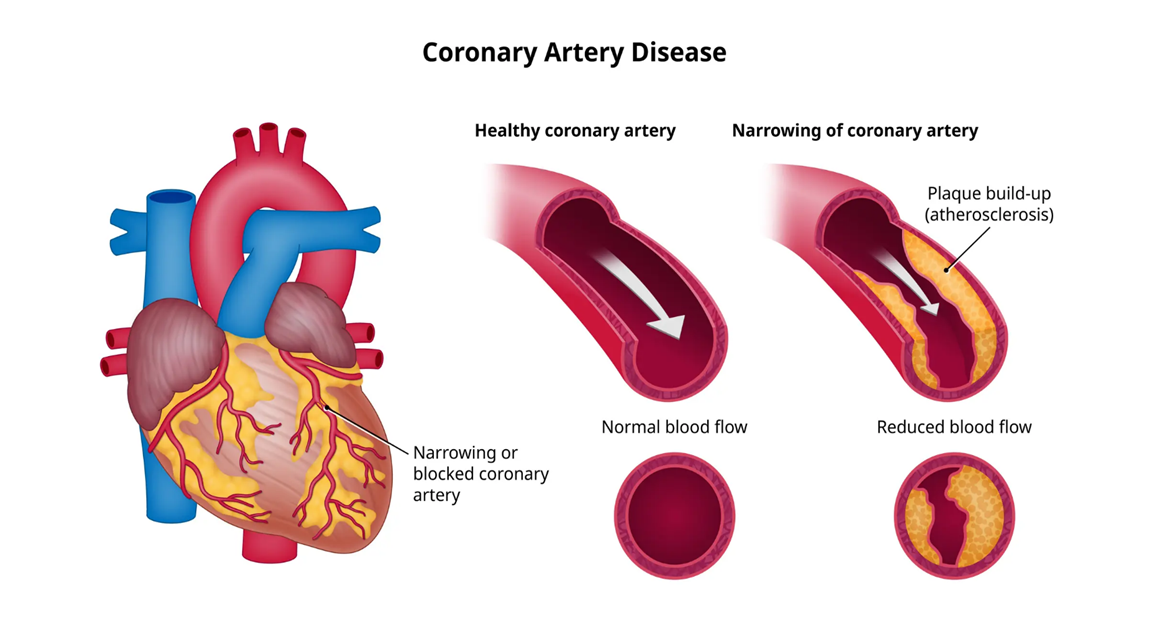A client has a new prescription for diclofenac, a nonsteroidal anti-inflammatory drug (NSAID). Which information in the client’s history is of greatest concern to the nurse in monitoring the client’s response to this medication?
Osteoarthritis.
Migraine headaches.
Chronic alcoholism.
Type 2 diabetes mellitus.
The Correct Answer is C
Choice A Reason:
Osteoarthritis is a common condition treated with NSAIDs like diclofenac. While it is important to monitor for potential side effects, osteoarthritis itself does not pose a significant concern in the context of diclofenac use. The medication is often prescribed to manage the pain and inflammation associated with osteoarthritis.
Choice B Reason:
Migraine headaches are also treated with NSAIDs, including diclofenac. While it is essential to monitor for side effects, migraines do not present a significant concern regarding the use of diclofenac. The medication can help alleviate the pain associated with migraines.
Choice C Reason:
Chronic alcoholism is of greatest concern when prescribing diclofenac. Alcohol can increase the risk of gastrointestinal bleeding and liver damage, both of which are potential side effects of NSAIDs. Combining alcohol with diclofenac can exacerbate these risks, making it crucial for the nurse to monitor the client closely and provide appropriate guidance.
Choice D Reason:
Type 2 diabetes mellitus requires careful management, but it is not the primary concern when prescribing diclofenac. While it is important to monitor for potential interactions and side effects, diabetes itself does not significantly increase the risks associated with diclofenac use compared to chronic alcoholism.
Nursing Test Bank
Naxlex Comprehensive Predictor Exams
Related Questions
Correct Answer is D
Explanation
Choice A Reason:
Polyuria, or excessive urination, is a symptom of diabetes insipidus rather than a side effect of vasopressin. Vasopressin is used to reduce urine output in DI patients. If polyuria persists, it may indicate that the medication is not effective, but it is not a direct side effect that requires immediate reporting.
Choice B Reason:
Low urine specific gravity indicates dilute urine, which is a characteristic of diabetes insipidus. Vasopressin should help concentrate the urine. If low urine specific gravity persists, it may suggest that the medication is not working effectively, but it is not a side effect that necessitates urgent reporting.
Choice C Reason:
Polydipsia, or excessive thirst, is another symptom of diabetes insipidus. While vasopressin should help reduce this symptom by controlling urine output, persistent polydipsia may indicate inadequate treatment. However, it is not a side effect of the medication that requires immediate attention.
Choice D Reason:
Worsening headache is a significant side effect that should be reported to the healthcare provider. Headaches can indicate water intoxication or hyponatremia (low sodium levels), which are serious complications of vasopressin therapy. Immediate reporting is necessary to adjust the treatment and prevent further complications.
Correct Answer is A
Explanation
Choice A reason:
Low-density lipoprotein (LDL) is often referred to as “bad” cholesterol because high levels can lead to plaque buildup in arteries and result in heart disease and stroke. Atorvastatin is a statin medication that works by reducing the production of cholesterol in the liver, specifically targeting LDL cholesterol. Lowering LDL levels is a primary goal in managing and reducing the risk of coronary artery disease.

Choice B reason:
High-density lipoprotein (HDL) is known as “good” cholesterol because it helps remove other forms of cholesterol from the bloodstream. While atorvastatin can also help increase HDL levels, the primary indicator of its effectiveness in reducing the risk of coronary artery disease is the reduction in LDL levels.
Choice C reason:
Prothrombin time (PT) is a measure of how long it takes blood to clot. It is not directly related to the effectiveness of atorvastatin in managing cholesterol levels or reducing the risk of coronary artery disease. PT is more relevant in the context of anticoagulant therapy.
Choice D reason:
Creatine phosphokinase (CK) is an enzyme found in the heart, brain, and skeletal muscles. Elevated CK levels can indicate muscle damage, which can be a side effect of statin therapy. However, CK levels are not used to measure the effectiveness of atorvastatin in lowering cholesterol or reducing the risk of coronary artery disease.
Whether you are a student looking to ace your exams or a practicing nurse seeking to enhance your expertise , our nursing education contents will empower you with the confidence and competence to make a difference in the lives of patients and become a respected leader in the healthcare field.
Visit Naxlex, invest in your future and unlock endless possibilities with our unparalleled nursing education contents today
Report Wrong Answer on the Current Question
Do you disagree with the answer? If yes, what is your expected answer? Explain.
Kindly be descriptive with the issue you are facing.
